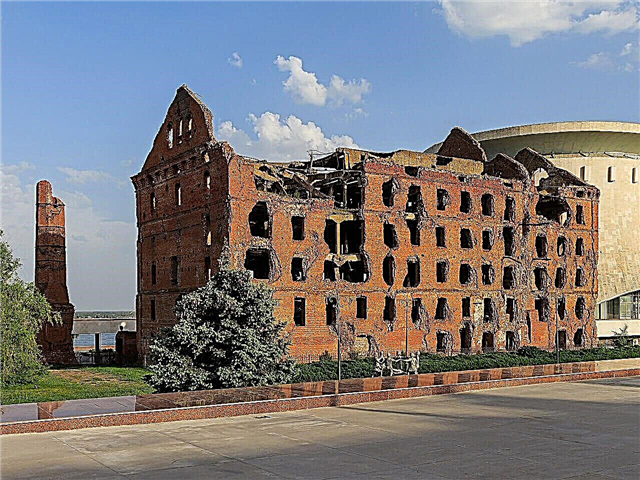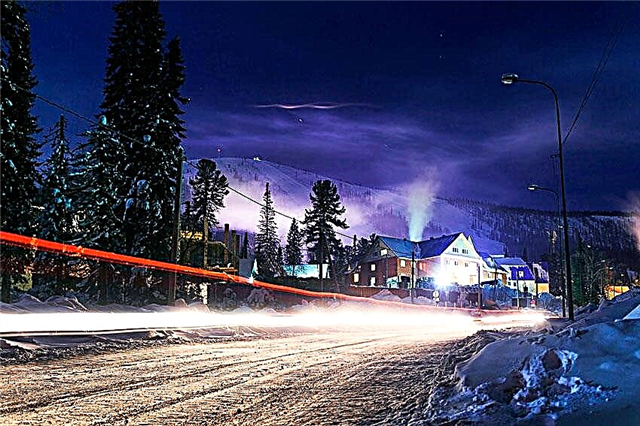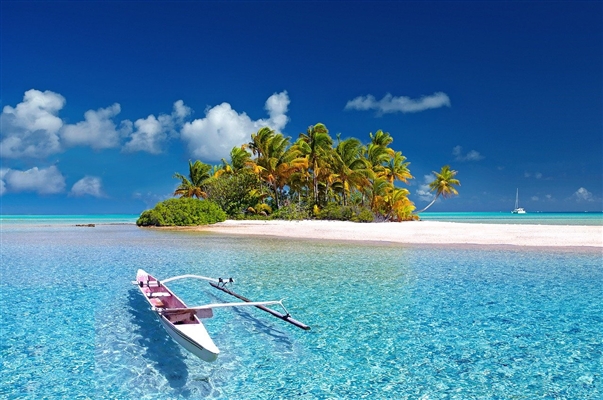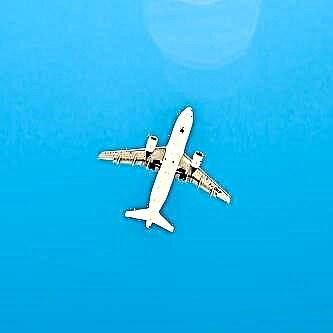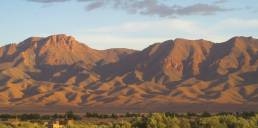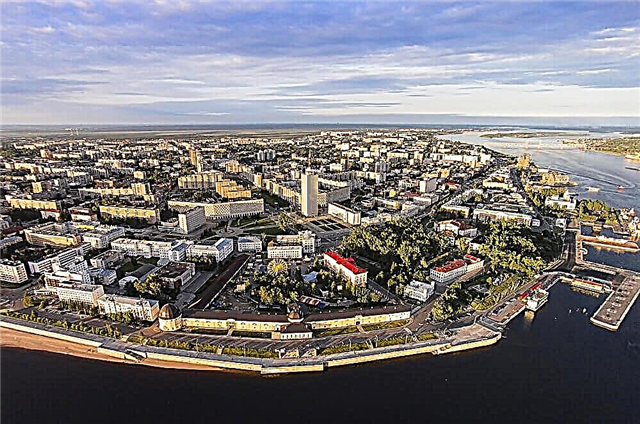The Arkhangelsk region appeared in 1937, although the development of its lands began during the heyday of the Novgorod principality. It did not work to create many densely populated cities in this large coastal region. This is due to the harsh climate and lean lands. But for tourists, the northern region is incredibly interesting - natural treasures here side by side with a number of religious buildings and architectural monuments. On the territory of the region there are 1970 historical, cultural and architectural monuments, 118 protected natural areas.
Today the region consists of 13 cities and 15 villages. Population - 1,144 thousand people, 79% are urban residents. The forestry, woodworking, fishing industry and mechanical engineering are developing. The main industrial centers are Kotlas, Novodvinsk, Nyandoma, Velsk, Severodvinsk, Koryazhma.
The largest cities of the Arkhangelsk region
List of largest cities in the region by population.
Arkhangelsk
The largest city among the northern regions of European Russia. City of Military Glory. It was founded in 1584, according to the decree of Ivan the Terrible, at the Arkhangelsk Monastery. The leading role belongs to the timber industry. There are many theaters, cultural centers, architectural monuments, museums. The Malye Korely Museum of Wooden Architecture and Artistic Crafts is famous in the vicinity. The Solovetsky Museum-Reserve is no less famous.
Population - 348 thousand people.

Severodvinsk
A city on the White Sea coast and the Northern Dvina. Nuclear shipbuilding center, location of the naval base. It was founded as a workers' settlement at a shipyard, which began construction in 1936. The sights include the Nikolo-Korelsky monastery, Yagrinsky pine forest - a natural monument. Popular river walks on a paddle steamer, the oldest in Russia.
Population - 182 thousand people.

Kotlas
Founded at the beginning of the 17th century on the Malaya Severnaya Dvina and Vychegda rivers. The basis of the city's economy is made up of enterprises connected with the railway and the logging industry. There are 3 railway stations, an airport and a river station. Notable objects include the House of Crafts, a motorcycle museum, a museum of local lore, a two-storey park with sculptures of animals from the Permian period, a monument to the soldiers of the river flotilla.
Population - 62 thousand people.
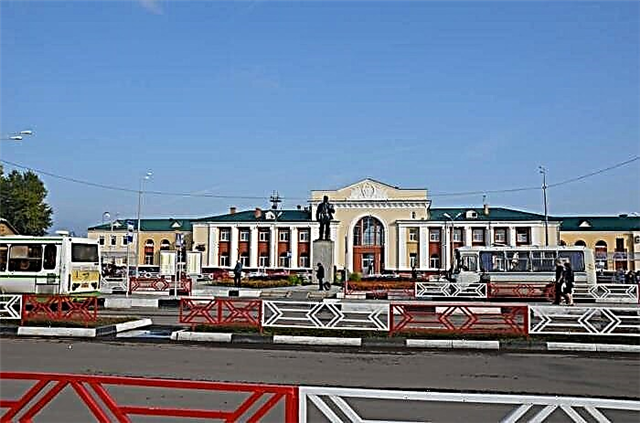
Novodvinsk
City on the Northern Dvina. It was founded in 1936 as a workers' settlement during the construction of a pulp mill. Since 1977 it has had city status. Among the most polluted Russian cities. The main enterprise is the pulp and paper mill. There are several factories - reinforced concrete products, plywood, etc. In the park zone of Novodvinsk there is a sanatorium "Pearl of the North", and 3 km from the city there is a ski complex "Mechka".
Population - 38 thousand people.

Koryazhma
Stands on the Vychegda River. Traces its history from the founding of the male Nikolo-Koryazhemsky monastery in 1535. City status received in 1985. The pulp and paper mill is one of the leading enterprises. The city is interesting for the temple architecture of the Koryazhemsky monastery, numerous monuments and memorials. Within the city, there is the Cedar Grove, planted by monks in the 17th century, a natural monument.
Population - 37 thousand people.
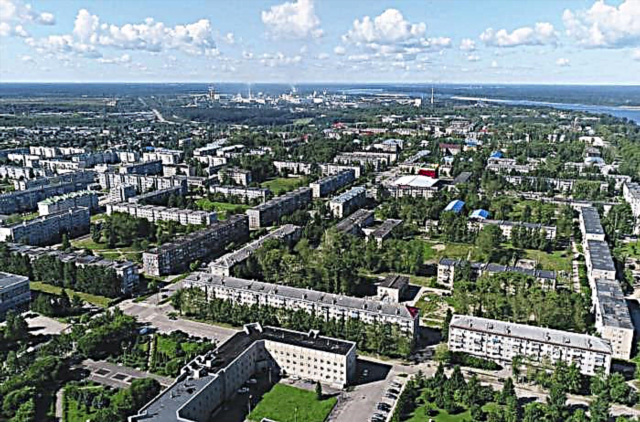
Peaceful
A city on the lake Plestsy. It has a closed status due to the location of the Plesetsk cosmodrome. Founded as a military town in 1957. Several monuments have been erected in the city - to M. V. Frunze, M. K. Yangel, the soldiers-liberators, "Cosmos-1000" and "Cosmos-2000", a memorial to the soldiers who died in the rocket launch in 1980. Of interest are the cosmodrome museum, the temple of the Archangel Michael built in 1998.
Population - 32 thousand people.

Velsk
Located on the Vahe River. Leads history since 1137. Since 1780 - in the status of a city. There are enterprises of the forestry and food industries, an asphalt concrete plant. A modern gas turbine CHP was built. There is a railway station. In terms of architectural heritage, the historical center of the city is of value. The museum of house paintings of the Vazhski masters Petrovsky, the center of folk culture "Berendey", and the horse-breeding complex are noteworthy.
Population - 22 thousand people.
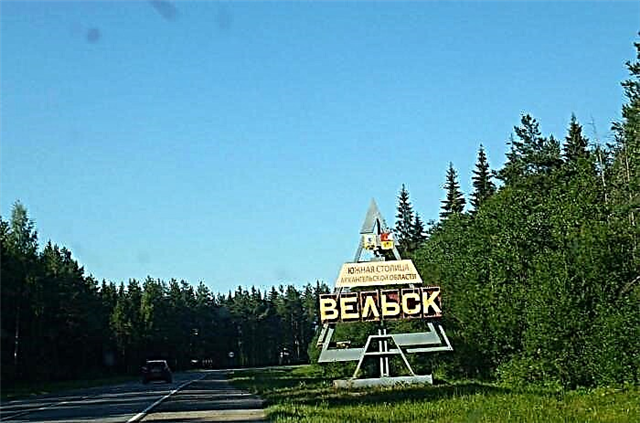
Nyandoma
A city on the territory of the Nyandoma Upland. It was founded in 1895 as a settlement at the railway under construction. Since 1939 it has city status. The enterprises of the timber industry and railway transport function. Among the city's attractions are the Nyana House Museum, a monument to a steam locomotive, Zosimo-Savvatievskaya Church of 1901. The Shultus bio-reserve has been established in the vicinity.
Population - 20 thousand people.

Onega
The city on the Onega River is located on the site of the ancient settlement of Ust-Onega, founded in the XIV century. In 1780 it was transformed into a city. The basis of the economy is the timber industry complex. There is a railway station, seaport and airport. Onega includes the Kiy-island on the White Sea. The Monastery of the Cross of 1656 is located there. Natural monuments include a pine forest and Talitsky key on the outskirts of the city.
Population - 19 thousand people.

Kargopol
Located on the coast of Onega. It was first mentioned in 1380. The economy is poorly developed due to the low transport development of the region and the lack of sales markets. The city is interesting for its temple architecture, including monuments of wooden architecture. It has long been famous for clay toys, painting and wood carving, patterned embroidery and other crafts. The Kenozersky National Park is located in the vicinity.
Population - 10 thousand people.

Shenkursk
Small town on the Vahe river. It is mentioned for the first time in 1137 as the Chudin settlement. The economy is represented by enterprises of the forestry, woodworking, food industries. Local attractions include the Trinity Convent, the ruins of the Sretenskaya Church in 1804, and the local history museum, which has been operating since 1920. The Church of the Ascension of the Lord of the middle of the 19th century is the spiritual shrine of the entire region.
Population - 4.8 thousand people.

Mezen
Located on the river of the same name. Founded in 1545, declared a city in 1780. Timber and woodworking industries prevail. There is an airport, 7 km from the city - a seaport. Famous for painting on wood and ceremonial gingerbread made from rye dough - gingerbread. The main attractions are the Soyansky bio-reserve and the village of Kizhma, where church attributes are made by means of artistic casting.
Population - 3.2 thousand people.

Solvychegodsk
The name of the city was given by the Vychegda River and the Salt Lake. The first mentions date back to 1492. Refers to the historical settlements of Russia. A well-known balneological resort. The Stroganov family of industrialists made a great contribution to the development of the city. The city is interesting for its temple buildings, the most ancient are the Vvedensky, Annunciation Cathedrals, the Savior Cathedral. The homeland of Kozma Prutkov, his museum was created.
Population - 2 thousand people.

PGT Savinsky
Located 30 km from the Plesetsk regional center, at the confluence of the Yemtsy and Shelesta rivers. Known since the end of the 18th century. The town acquired the status in 1961. There are logging and sawn timber processing enterprises. The settlement is divided into 2 parts. One of them is built up with multi-storey buildings, in the second one-storey buildings prevail, among which there are many abandoned and dilapidated ones. A wooden water tower has been preserved.
Population - 6.9 thousand people.

PGT Bereznik
Located on the coast of the Northern Dvina. Known since 1676. Since 1962 it has had the status of an urban-type settlement. The forest industry, dairy and vegetable farming are developing. There are many monuments in the village - "Anchor", Russian pilot A. A. Kazakov, heroes of the civil war, V. I. Lenin and others.The local museum of local lore is interesting for its collection of painted spinning wheels. The Church of St. John of Kronstadt operates, with a Sunday school open.
Population - 5.3 thousand people.



